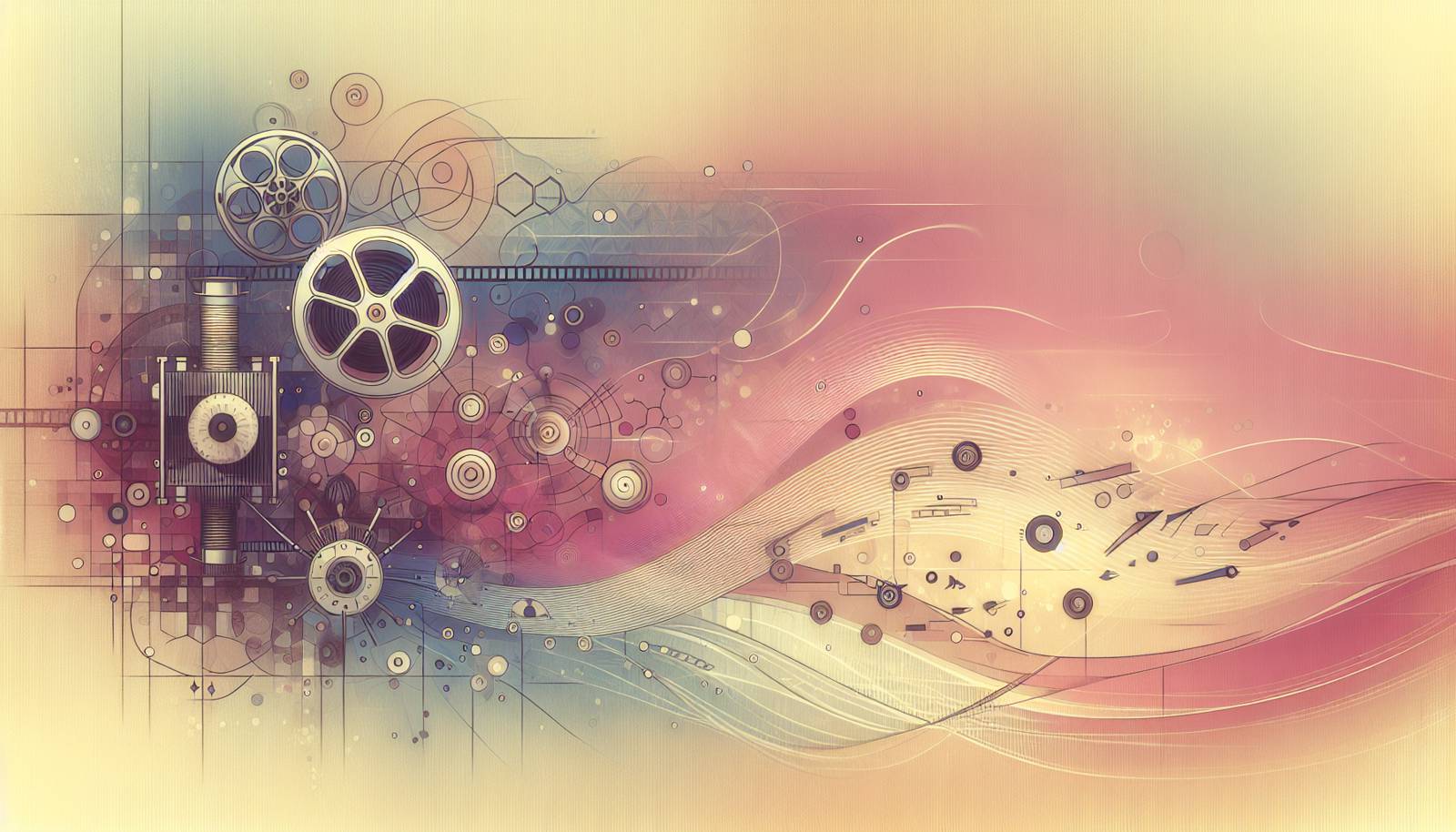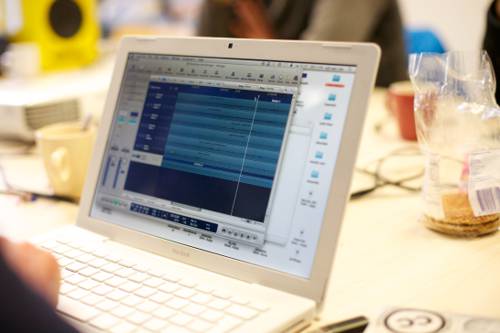
FAQ About Impact of Filmmaking Techniques on Cinematic Storytelling

What are some common filmmaking techniques that impact storytelling in cinema?
Filmmaking techniques that significantly impact storytelling include editing styles, camera angles, lighting, sound design, and color grading. These elements work together to shape the narrative, enhance mood, and influence audience perception and engagement. For example, fast-paced editing can create a sense of urgency, while specific camera angles can highlight particular aspects of a character or scene.

How does editing style influence cinematic storytelling?
Editing style plays a crucial role in cinematic storytelling by determining the rhythm and pace of a film. Techniques such as cross-cutting can create tension and parallel storytelling, while longer takes can allow for more in-depth character exploration and an immersive experience. Editors manipulate time and space to guide the audience's emotional and intellectual response to the narrative.

Why are camera angles important in film narratives?
Camera angles are essential in film narratives because they can alter the viewer's perception and reveal character dynamics or thematic elements. Low angles might signify power or dominance, while high angles can suggest vulnerability. By strategically using different angles, filmmakers can provide visual subtext that supports the written script.

What role does lighting play in storytelling in films?
Lighting is vital in film storytelling as it establishes mood, directs attention, and conveys emotional undertones. For instance, soft lighting might create a romantic or tender atmosphere, while harsh shadows can add to the suspense or highlight tension. Lighting effectively guides the viewer’s eyes and emotions through the narrative.

Can sound design affect narrative delivery in films?
Yes, sound design profoundly impacts narrative delivery by enhancing the mood, foreshadowing events, and reinforcing themes. Background scores or diegetic sounds can evoke specific emotions, support transitions, and create a more immersive world. Silence can also be powerful, underscoring crucial moments in the story.

How does color grading influence a film's storytelling ability?
Color grading influences storytelling by setting the film's tone and atmosphere. Different colors can evoke various emotions and highlight certain themes or shifts. For instance, a warm color palette might convey nostalgia or intimacy, while cooler tones can evoke detachment or unease. This technique allows filmmakers to subtly influence the audience's emotional response.

What is the impact of long takes on audience engagement?
Long takes can enhance audience engagement by creating a seamless, immersive experience. These uninterrupted shots allow viewers to focus on the nuances of performance and setting, bringing them closer to the narrative. They can also build tension or provide a sense of realism, making viewers feel more connected to the film's world.

Why are jump cuts used, and how do they affect storytelling?
Jump cuts are used to signify the passage of time or to create a jarring, disorienting effect that can increase the pace of a film. They compel the audience to connect the dots between scenes, engaging them actively with the narrative. Though potentially disruptive, jump cuts can be a powerful storytelling tool when used purposefully.

What is the significance of establishing shots in films?
Establishing shots are significant because they provide context by showing the setting and geographical location for the scene that follows. They help anchor the narrative by giving viewers a sense of place and time, which is crucial for understanding the story's framework and progression.

How do montages affect the pacing and storytelling of a film?
Montages affect pacing by condensing time and events, allowing filmmakers to communicate a lot of information quickly. They can illustrate character development, summarize subplots, or show passing time. This technique can energize the narrative or provide succinct backstory integration without slowing down the main storyline.

What is the role of close-up shots in cinematic storytelling?
Close-up shots play a pivotal role by focusing the viewer’s attention on a character's reactions and emotions. This technique can deepen audience connection with the characters, revealing subtle cues and facilitating empathy. Close-ups are crucial for conveying intense emotional moments that drive the story forward.

How does the use of diegetic and non-diegetic sound contribute to storytelling in films?
Diegetic sounds, which originate from the film's world, and non-diegetic sounds, like background scores, complement each other to enrich storytelling. Diegetic sounds help create a realistic environment, while non-diegetic sounds can heighten emotions and underscore themes. This dual approach enhances narrative depth and audience experience.

What impact do wide shots have on a film's narrative?
Wide shots impact a film's narrative by providing a broader view of the setting and context, which helps establish scale and situate characters within their environment. This technique is often used to depict epic scenes, introduce new areas, or highlight character isolation, contributing layers to the storytelling.

In what ways does mise-en-scène influence film storytelling?
Mise-en-scène encompasses everything visible on screen, including sets, props, actors, costumes, and lighting. It influences storytelling by creating the film's visual feel and cultural ambiance. Directors manipulate these elements to convey themes, character personalities, and plot details, making it a crucial storytelling tool.

What is the effect of a handheld camera in storytelling?
A handheld camera can bring a sense of immediacy and intimacy to storytelling. It often results in a shaky, dynamic feel that can enhance realism or mimic a character's subjective experience. Filmmakers use it to create tension or tell the story from a more personal perspective, drawing audiences into the action.

How does cross-cutting technique contribute to building tension in films?
Cross-cutting, or parallel editing, involves alternating between two or more scenes occurring simultaneously. This technique builds tension by creating anticipation, as viewers see plots unfolding in different locations. It can also draw connections between events or highlight contrasts, enhancing narrative complexity.

What is the narrative significance of slow-motion in films?
Slow-motion is used to emphasize key moments or actions, allowing audiences to perceive details that could be missed at regular speed. This technique magnifies emotional impact and can symbolize heightened emotional states, making it a powerful tool for storytelling.

How do filmmakers use flashbacks to affect the narrative structure?
Filmmakers use flashbacks to provide backstory, reveal past events, or explain character motivations crucial to the current narrative. This technique enriches the storyline by allowing deeper emotional connections and understanding. Flashbacks often create layers and complexity, enhancing viewer engagement with the plot.

Why are over-the-shoulder shots important in dialogues?
Over-the-shoulder shots are crucial in dialogues because they offer a more intimate perspective, often showing the interaction from a character's point of view. This technique strengthens the connection between characters and the audience, enhancing narrative realism by focusing on facial expressions and reactions during conversations.

What is the role of symmetry and asymmetry in visual storytelling in films?
Symmetry in visual storytelling can create a sense of harmony, balance, or order, often enhancing themes of stability or monotony. Asymmetry, on the other hand, can introduce tension, chaos, or unease, which can be used effectively to emphasize conflict or a character's internal struggle. Filmmakers use these techniques to visually support the narrative's emotional and thematic undertones.
